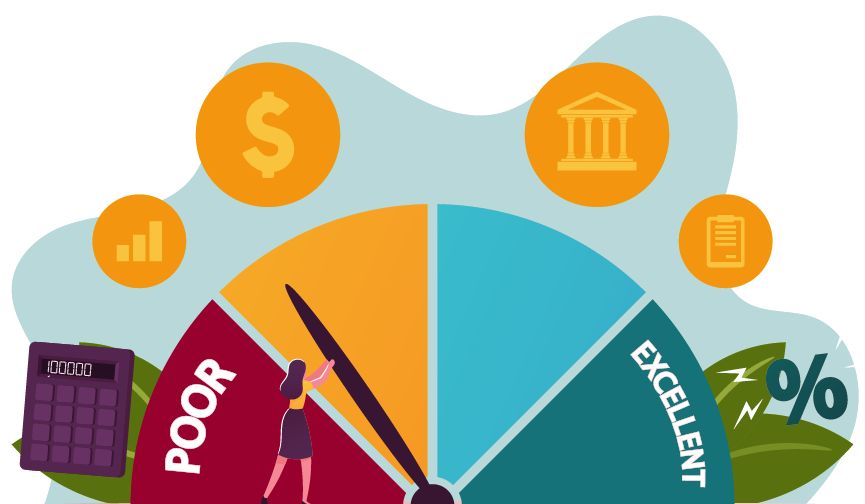Why Fun Money Is an Important Part of Your Budget

It’s no secret that budgeting is the party pooper of finances. Who wants to be told what they can and can’t spend their money on? Simply put, budgeting is no fun. Right?
Wrong.
Contrary to popular belief, a healthy budget should include an allowance for the fun stuff. Now, how much you spend on your wants really depends on your personal finances, including your savings goals and the size of your income. But completely cutting fun money out of your spending plan is the quickest way to become frustrated with budgeting. And realistically, most people can’t go too long without spending money on themselves. Instead of ignoring that, factor it into your budget
If you’re adamant about not spending a cent on the occasional treat or night out, your willpower reserve will likely run out at some point. This can breed resentment toward your budget and cause a loss of motivation. But it’s also very important to not overspend on your wants. So, how much should you set aside for fun and entertainment?
How much fun money should I have?
In order to figure out how much you have available to spend on things like entertainment (including subscriptions for video games, music or video streaming), treats, eating out, or miscellaneous wants, follow these three steps.
1. Prioritize necessary expenses.
Set aside enough money in your budget to pay for your rent/mortgage, groceries, utilities, car payments, medical expenses, and so on. This might seem like a no-brainer, but many a person has found themselves in a financial pickle because they prioritized their wants over their needs. Make a list of your necessary expenses and give these items priority.
2. Set aside money for savings.
Try incorporating the “10% rule” into your budget. The 10% rule simply means putting at least 10% of your income into an emergency savings account each time you get paid. Ideally, your emergency savings should be able to last between three to six months. Depending on how many expenses you have, that dollar amount might seem overwhelming at first. But remember that building up an emergency savings will happen bit by bit. Even a small savings account is better than nothing in case of an emergency.
3. Review the amount you have left over.
Once you’ve taken care of your necessary expenses and set aside 10% for savings, take a look at the amount you have left over. If there’s very little left to spend on yourself, go back to step one and review your list of necessary expenses. Are any of the items in the list actually wants rather than needs? Are there any items you can scale back on (for example, opting for a cheaper phone plan)? Find where spending cuts can be made and, if necessary, consider ways you could increase your income.
If you have more than enough to spend on yourself, you’re off to a good start. Determine a reasonable amount for you to spend on your wants until the next time you get paid. Consider putting the rest of your leftover funds into your emergency savings account or save it for something else, like a vacation, additional retirement funds, home renovations, or maybe even starting a business.
Takeaway
Budgeting doesn't have to squash all the fun. By factoring in an allowance for personal wants and entertainment, you can enjoy your hard-earned money and keep yourself from becoming frustrated with your budget. Just remember to prioritize your necessary expenses and set aside money for savings. If done correctly, a budget can help you achieve both financial stability and a fulfilling lifestyle as you work toward your goals.
You May Also Like
These Related Stories

Improve Your Credit Score With These 5 Tips

How to Increase Your Home's Curb Appeal


